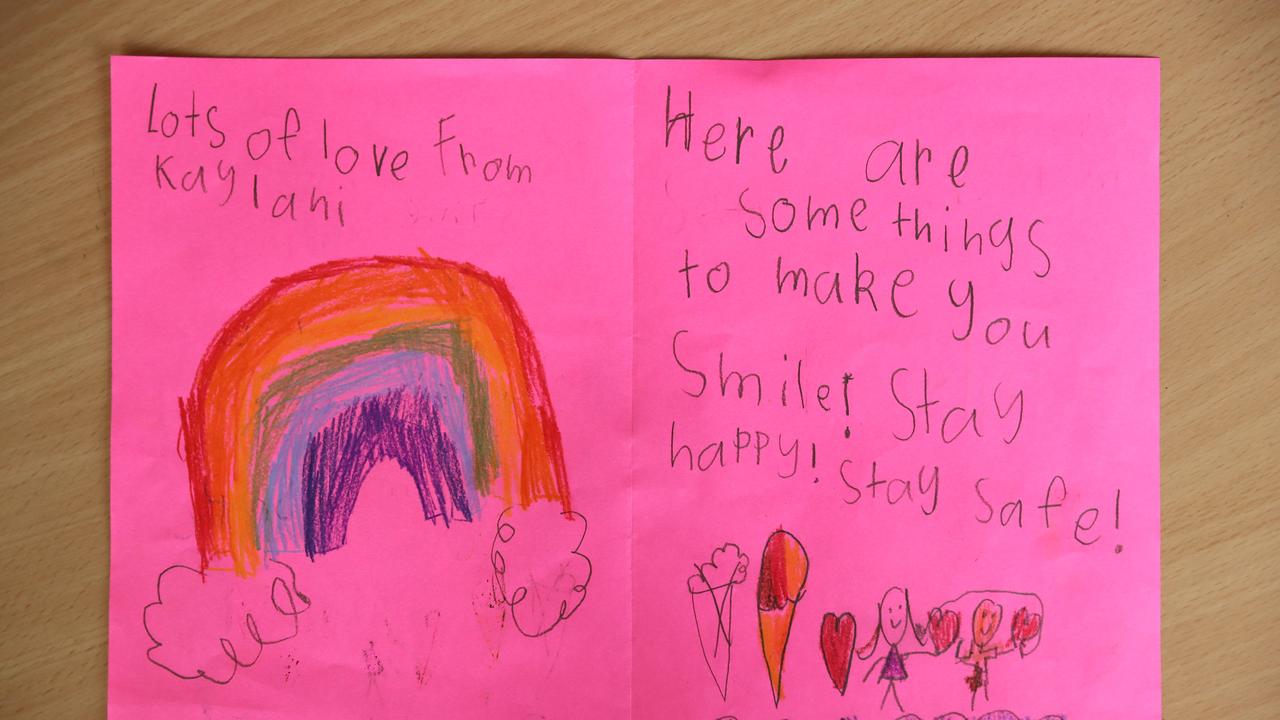The most frightening thing about teen suicide
ELLIOT wanted to do well in his exams and was worried about it. Trying to reassure her son, Lisa told him: “It’ll be over really quickly.”
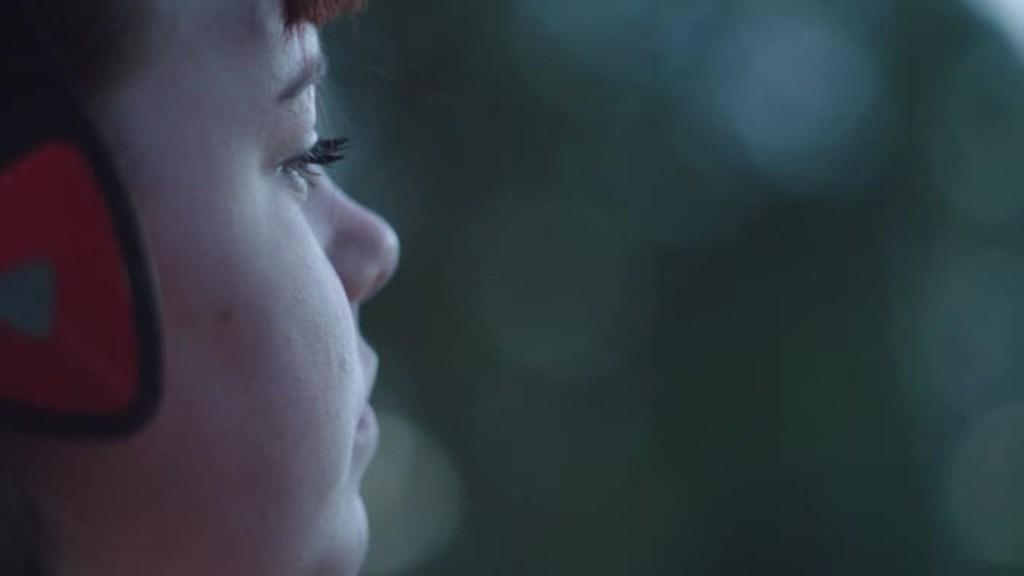
“IN THE following years, you do ask: ‘Why, why, why?’ And in the end, you have to stop because there’s often not an answer,” Lisa says.
On the last day of year 12, back in 2011, right before exams started and just 10 days before turning 18, Lisa’s beloved son Elliot died by suicide. No one saw it coming.
“I always thought he had all those protective factors, you know. He had … a happy, loving family, he had respect, he had sports, he had friends. He seemingly had everything going for him,” Lisa says.
“He could have done anything in the world,” she continues, gently shaking her head.
Lisa shows me a photo of her son and lovingly describes him as both “neat” and “quirky.” Staring at this image, it’s incomprehensible Elliot is gone.
Elliot loved to run. He did well at school and was elected as school captain. He was popular and had piles of mates.
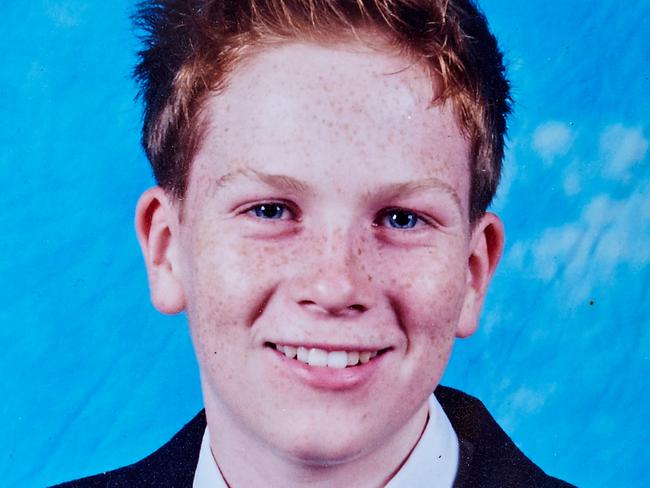
“Over 1000 people came to his funeral,” Lisa says.
Perhaps most of all, Elliot loved music. He taught himself to play guitar.
“He was still walking around the house playing his guitar and singing the night before he died,” Lisa says, “so I can’t say that he was depressed.”
Thinking back to the week he died, Lisa says Elliot wanted to do well in his exams and was worried about it.
Trying to reassure her son, Lisa recollects telling Elliot: “It’ll be over really quickly and then you can start the rest of your life.”
He responded the next morning by saying: “Yes, the end is in sight.”
“And then afterwards I thought: ‘That’s not what I meant about being the end of the road; I didn’t mean ending your life.’ But that’s what he meant. I think he was giving me a bit of a bleak clue,” Lisa says.
Unbeknown to his parents, Elliot hadn’t done well in the practice exams earlier in the year. This only seems significant in hindsight because, unlike the rest of the family, Elliot “was a perfectionist.”
A recent study by the Australian Institute of Suicide Research and Prevention at Griffith University analysed completed suicides in Queensland by young people aged 10-19 years between 1994 and 2006.
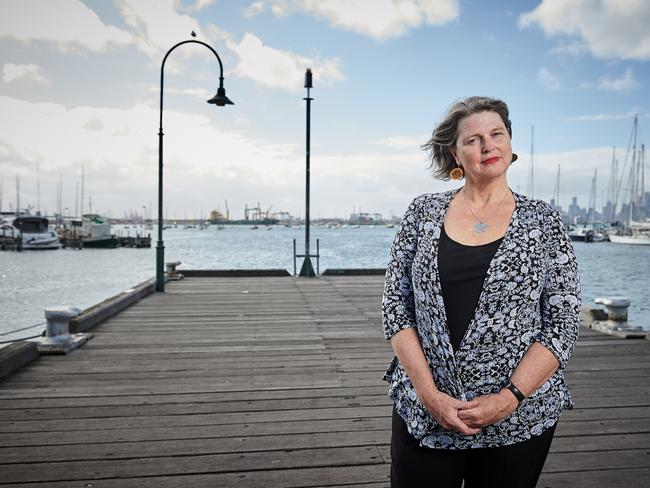
It shows that approximately 50 per cent of young suicide victims had experienced a recent stressful life event, such as family conflict or a relationship breakdown. In contrast, just over 20 per cent of the group had a diagnosed mental disorder.
Martin Fisk is the CEO of Menslink, an organisation that supports young men aged 12-25. Last month Mr Fisk gave evidence to an ACT Government committee investigating suicide and self-harm among young people.
“One of the things I asked the committee to really consider is the … very high numbers of young men who do not have a diagnosable mental illness but who are suicidal,” Mr Fisk says.
While not wishing to downplay the role of mental illness in suicide and self-harm, Mr Fisk says among Menslink clients, “stressful life events outnumbered diagnosable mental disorders by a factor of almost 2:1.”
According to Mr Fisk, common stressful life events among at-risk clients include: parental separation, relationship breakup, job loss, early life or ongoing trauma, family violence, bullying in the schoolyard or time in detention or prison.
“Once those problems are resolved, once they’ve got the strategies to get through them, they can go on to lead happy, productive lives,” Mr Fisk says.
As a rule, Mr Fisk says these young men exhibit “poor emotional control, they have poor problem-solving techniques,” and also “may be socially isolated and reluctant to seek help.”
“And when faced with a very stressful life event that they haven’t experienced before, they don’t know what to do. And to deal with the pain, suicide can become their preferred option,” Mr Fisk says.
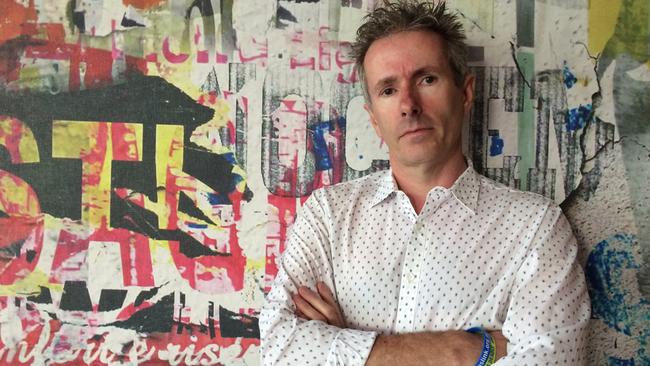
Furthermore, Mr Fisk points to emerging research indicating that a relatively large number of people on the autism spectrum have suicidal thoughts and self-reported depression.
“Over half the young men presenting to Menslink with suicidal ideation or with a history of suicide attempts or self-harm are on the autism spectrum,” he says.
“These young men have all the contributing risk factors for suicide — poor emotional or impulse control, poor problem solving skills and social isolation,” Mr Fisk says.
Mr Fisk is calling for “more counselling and support that can show these young men there are lots of other valid options to deal with their crisis.”
Alan Woodward, Executive Director of the Lifeline Research Foundation, acknowledges “stressful events can trigger suicidal behaviour.”
He also supports the view that “there is some research evidence that suggests people across the autism spectrum or with Asperger syndrome may be vulnerable to suicidal thoughts …[and] may be vulnerable to the onset of depression.
However, he goes on to say “suicide is a complicated behaviour” caused by multiple factors.
“This is why further research in the field of suicide prevention is so important,” he says.
Mr Woodward cites the latest ABS statistics, showing that 2,864 people died by suicide in 2014.
Given this is more than the road national road toll, Mr Woodward believes: “We need to see this as a national emergency.”
“We’ve lost people by and large in the younger years of their lives, so we’ve lost people who could contribute as parents, as workers, as artists and creators,” says.
“Suicide prevention is everyone’s business,” Mr Woodward says, and “we can all reach out to people who are going through tough times and support them and encourage them to seek out the help.”
For Elliot’s parents, who openly discussed everything from sexuality to drugs and bullying with their kids, the question remains: Why Elliot didn’t reach out for support?
“I think he might have felt shame, and that’s why he didn’t ask for help,” Lisa says.
Lisa will never know whether Elliot was on the autism spectrum because he was never diagnosed. But she does wonder sometimes.
“A couple of months before he died, he said to me, ‘Mum, I think I might have Asperger’s,” Lisa recalls.
When she asked her son why, Elliot explained that he couldn’t understand the thoughts and emotions of others.
“Elliot was so loved and so belonged in our family, I think something inside … felt different to the rest of us.
“I think he felt different to other people,” Lisa says.
Mitch, 22, first tried to suicide when he was 16 because of the stresses that had been building up in his life.
He had a difficult upbringing. His parents were violent, emotionally abusive and alcoholic.
Despite “a natural hesitation,” Mitch says eventually “the emotion and grief of the situation overcame me so much that I did attempt for the first time.”
The location was isolated and his unsuccessful attempt left him injured and alone. Mitch lay there for three days.
“Ultimately, I dragged myself back out, back into the world, and went home, and showered, and went to school like nothing happened.
“And subsequently, didn’t seek any help or anything, just continued on,” he says.
Once school finished, Mitch attempted suicide again.
“The only people that I had considered good, solid people in my life, all of a sudden, were [leaving and] going to this university, that university, some people starting jobs.
“I had this overwhelming sense of loneliness and just almost like I’d lost everything in that moment,” he says.
Reflecting on Martin Fisk’s observations about how life stresses can severely impact young men, Mitch describes his suicide attempts as “situational.” It was only much later he realised mental health issues also played a role.
“If I think back to when I was attempting, in both counts, I definitely wasn’t feeling that I had a mental illness.
“[But] with the benefit of hindsight, I would say I probably was quite severely depressed,” he says.
These days Mitch describes himself as “mentally strong” although he believes “you’re never completely recovered from mental illness.”
“I feel confident in myself that if something quite tumultuous was to come up, I’d be quite ready and equipped to deal with it,” he says.
For Lisa’s part, she hopes that by talking about the loss of her son, she’ll prompt others to have the conversation with their loved ones. To this end, she’s undertaken speaker training with Suicide Prevention Australia.
“If you see a change in the person’s anxiety level, you say to them, ‘Have you made any plans to suicide?’
“You ask them directly. It’s a tough thing …. you’ve got to be very brave,” Lisa says, adding: “That would never have entered my mind prior [to Elliot dying].”
“The other thing is that if someone then answers yes, then you’ve got to know, then, what to do, how to help,” she says.
If you or someone you love is in crisis or needs support right now, please call Lifeline on 13 11 14 or Suicide Call Back Service 1300 659 467.
Young people aged 5 to 25 years can call Kids Helpline on 1800 55 1800
You can also visit communitiesmatter.com.au for information and resources on how to get help and give help.
Ginger Gorman is an award winning print and radio journalist, and a 2006 World Press Institute Fellow. Follow her on twitter @GingerGorman





